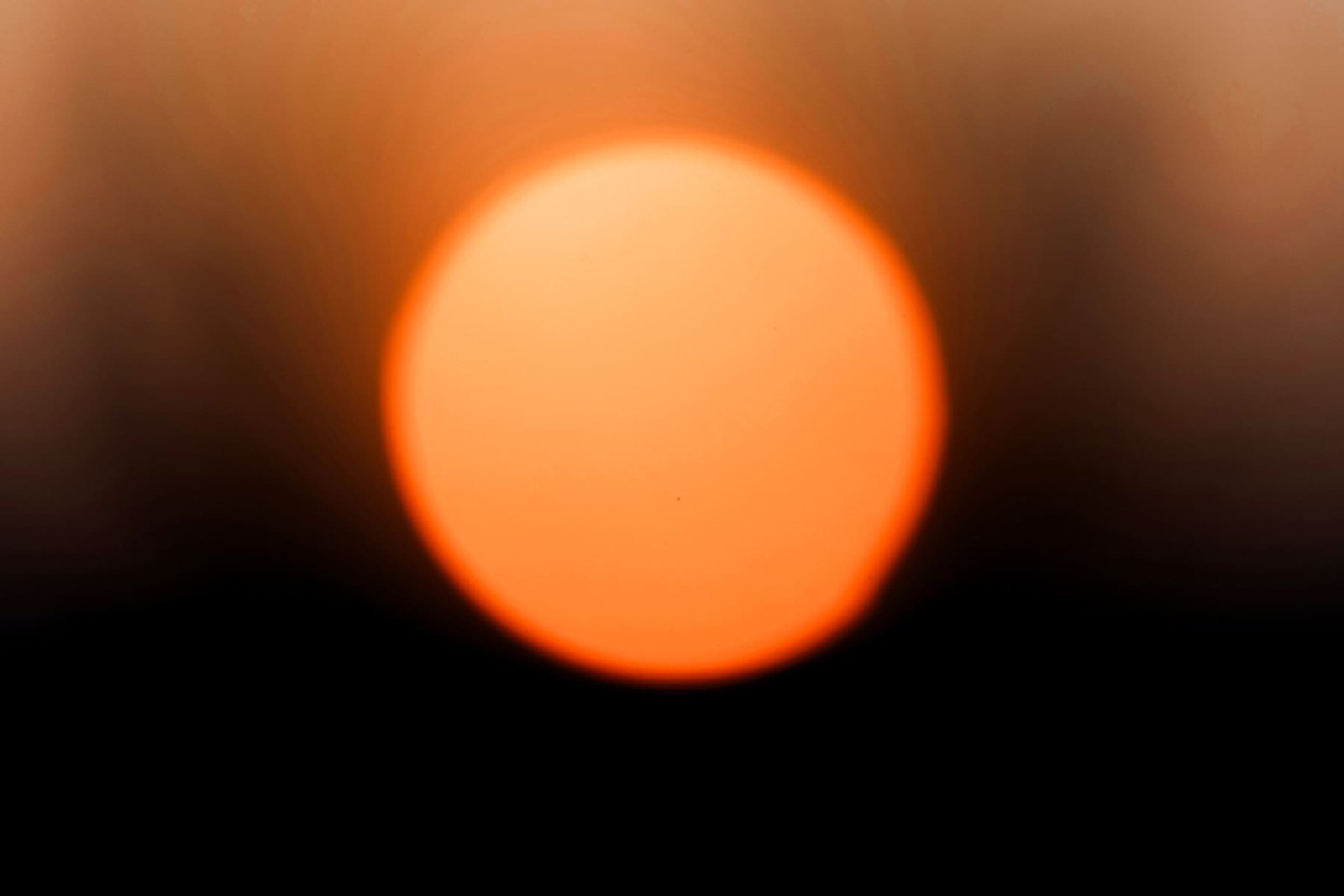Horror doesn’t always need haunted houses or midnight forests to make you squirm. Sometimes all it takes is a relentless heatwave — the kind that makes the air shimmer, sweat cling, and tempers fray. In horror storytelling, extreme heat doesn’t just set the scene, it becomes the scene. It’s a catalyst for madness, violence, and a creeping sense of doom.
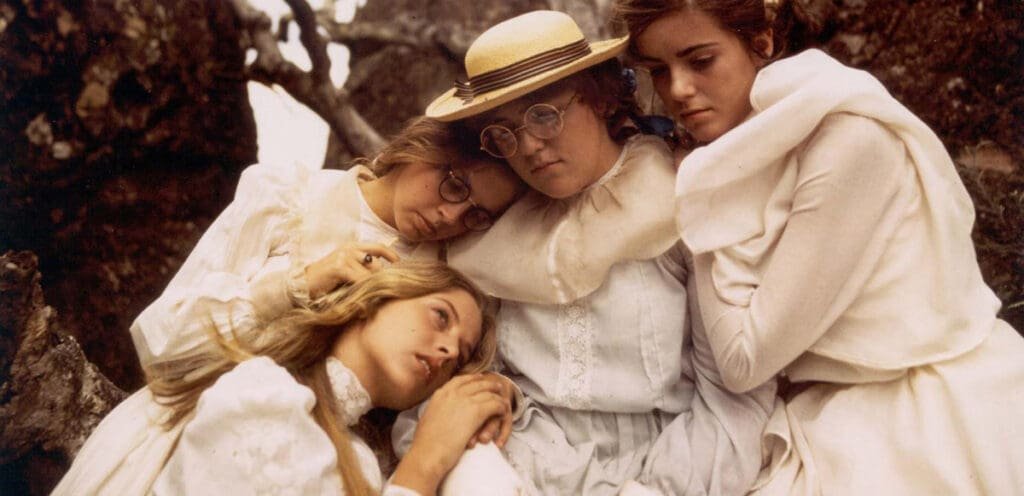
Why Heat Works in Horror
There’s something about oppressive weather that wears characters — and audiences — down. The sweltering heat becomes a constant presence, sucking away energy, lowering inhibitions, and magnifying fear. In literature and film, heat often acts like a silent antagonist, pushing people to their limits both physically and mentally.
Unlike rain or snow, heat can’t be escaped by huddling inside. It seeps into every space, stifling breath and smothering hope. This inescapable discomfort makes it perfect for horror, where tension thrives on helplessness.
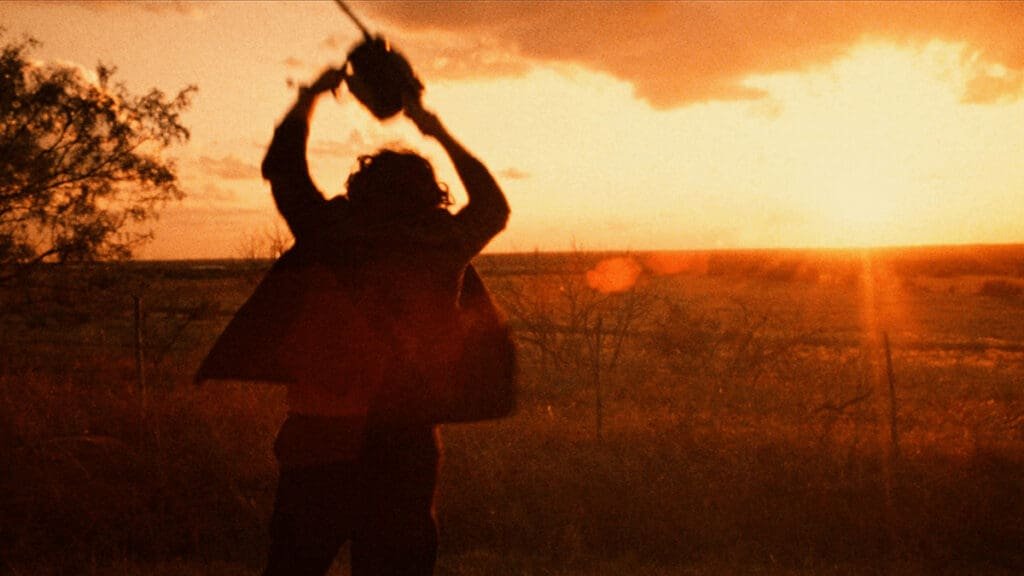
When Heat Meets Horror: Iconic Films
The Texas Chain Saw Massacre (1974)
Few films capture the suffocating dread of a heatwave like Tobe Hooper’s classic. The rural Texas setting bakes the characters under an unrelenting sun, making every scream and chainsaw roar feel even more desperate. You can almost smell the sweat and decay.
Do the Right Thing (1989)
While not strictly a horror film, Spike Lee’s masterpiece shows how heat can ignite tensions and push communities to the brink. The claustrophobic, sun-drenched streets become a powder keg — a lesson horror often borrows when exploring mob mentality and chaos.
It Follows (2014)
Although not bound to one season, It Follows has scenes that feel like sticky summer nightmares. The bright, hot days lull you into a false sense of safety before the dread creeps in.
Picnic at Hanging Rock (1975)
The Australian sun blazes down in this haunting mystery about missing schoolgirls. The heat adds to the film’s dreamlike, unsettling tone, turning beauty into menace.
Body Heat (1981)
This sultry neo-noir isn’t horror, but its use of heat as a tool for tension, seduction, and eventual destruction is textbook atmospheric mastery.
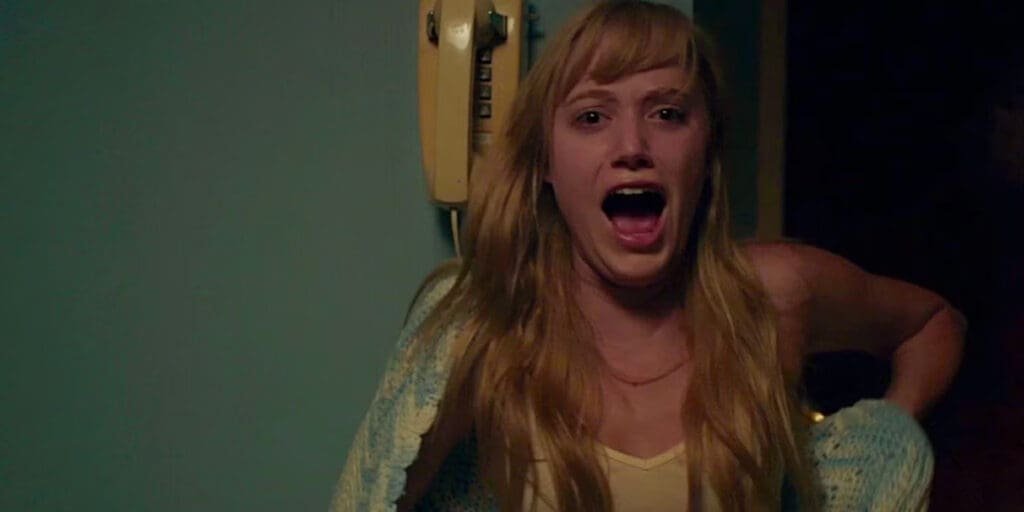
The Psychology of Heat in Horror
Heat exhaustion doesn’t just drain bodies — it scrambles minds. Studies have shown that high temperatures can increase aggression and impair decision-making, which horror storytellers exploit to great effect. A sweltering environment makes survival harder and conflicts sharper, adding layers of danger to already dire situations.
In horror, heat can:
Strip away rational thought, leaving characters vulnerable.
Slow down escape, making every step feel heavier.
Heighten sensory discomfort, amplifying fear.
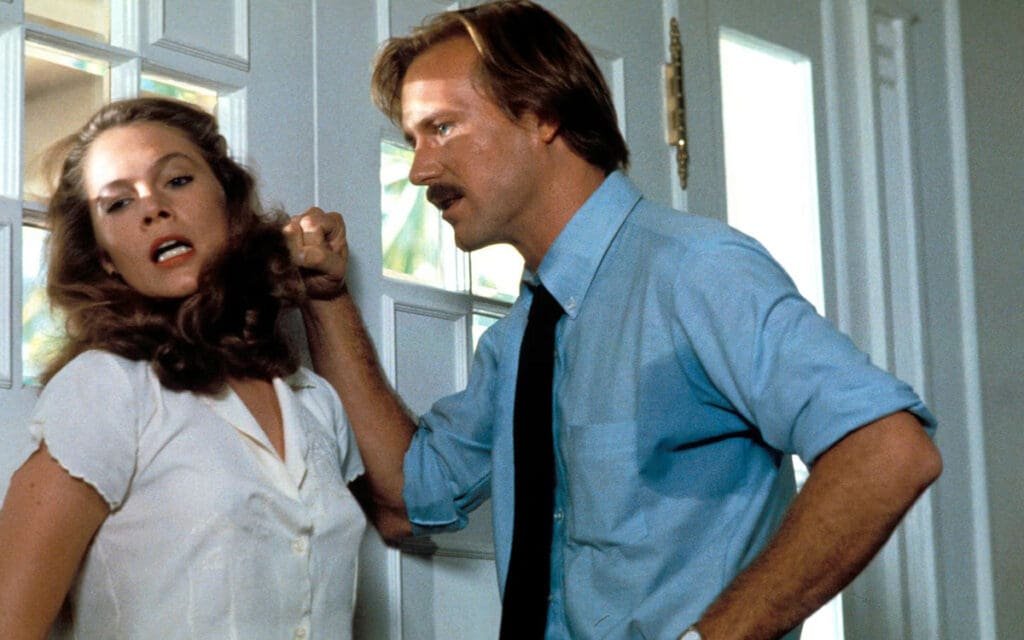
Modern Takes on Heatwave Horror
Recent indie films and series are embracing heat as a horror tool. Whether it’s the dusty, boiling landscapes of Crawl (2019) or the feverish colors of Midsommar (2019), filmmakers are rediscovering that horror in the sunlight can be just as terrifying — sometimes more.


